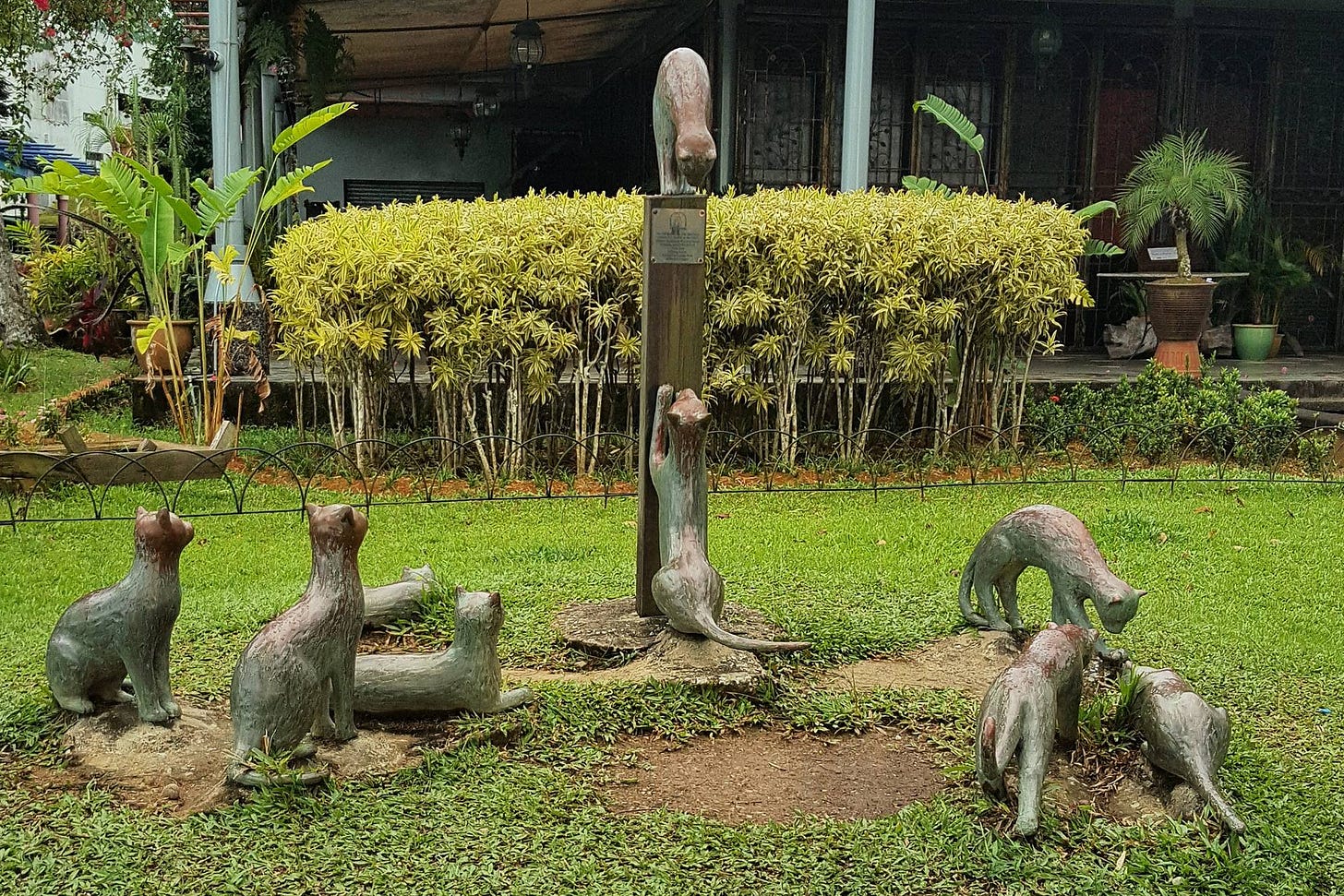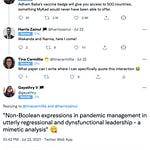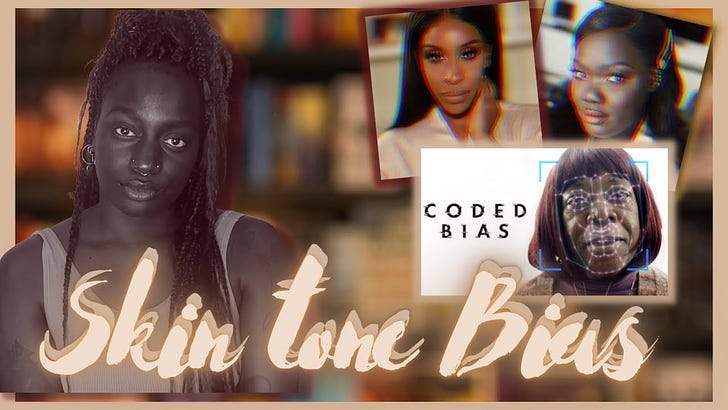If annoyed is a skin tone, it is mine
Karen Hao for Technology Review: AI researchers say scientific publishers help perpetuate racist algorithms. In response, Springer Nature rescinds plans to publish a paper on a face recognition system that predicts whether someone is a criminal based on their image.
Steven Sinofsky writes about some safety and precautionary measures initially facing fierce pushback that later became the standard: helmets, condoms, and the smoking ban. “The uproar in some places about wearing a mask mirrors the uproar over many previous societal changes in the norms of how we protect ourselves.”
Maghan McDowell for Vogue Business: As fashion resets, its algorithms should too. The article opens with futurist and academic, Karinna Nobbs, who noticed that of the technology for AR try-on tools “worked more effectively on white and Asian faces,” and not as well for darker skin tones and older users. While the story is valid, I must emphasise that ‘Asians,’ as a blanket term, have the most diverse range of skin tones than any other, and that includes darker skin tones. If annoyed is a skin tone, that is my current one.
An exhausted, annoyed, exoticised generic Asian
The pulasan “bears a passing resemblance to the coronavirus,” amirite, NYT?
I’m recommending food and culture write Osayi Endolyn’s archived Instagram Story that breaks down how the New York Times’ article, “Eating Thai Fruit Demands Serious Effort but Delivers Sublime Reward,” which I will not provide the link to, “so insidiously perpetuates white supremacy and colonialism.”
Let’s start with, what in the world is a ‘Thai fruit’? One may argue that this is written for the American audience, but one could have also paid better attention in one’s Rhetoric and Composition class in English and/or journalism school and learned how possible it is to write without colonial and racial biases, regardless of who the audience is.
Exoticising food and culture is an exhausting trope, and we, the people of the exotic East, have also long played a part in further allowing it to carry on, for as long as we do little to decolonise our minds and quit white-worshipping.
For some lighthearted counter-read, perhaps, consider this article by Cod Satrusayang for Thai Enquirer. It employs the same western-media language used to describe non-Western countries, to report on a former British colony, the United States of America:
Unrest and protests continued for a seventh straight day in the former British colony of the United States as the government vowed to use its military to end the demonstrations, US media reported on Tuesday.
The protests began in the small province of Minnesota, located in the agrarian ‘Middle West,’ over the killing of an ethnic minority by state security forces.
Please, read the whole article.
I should feel guilty for laughing about a grave and certainly real event, but I am an expert in compartmentalising my emotions. It’s how I cope with microaggression my whole life.
What I read, watch and listen to…
I’m reading The orang utan is not an indigenous name: knowing and naming the maias as a decolonizing epistemology, published in Cultural Studies by June Rubis. I have read of her study in decolonising conservation before finally meeting her at work in 2018, and expressed, almost in a fangirl-y way, how much I appreciated her research. In an effort to score some brownie points, I name-dropped my father, a pioneer in the field, whose name she immediately recognised, and whom she still considers a ‘legend’.
I’m also reading Aminah Sri Prabasari’s brilliant takedown of criticisms against Indonesia’s Weird Genius’ hit single, Lathi. The title of the Bahasa Indonesia article can be translated to: Lathi, the ignorance of religious people and the generation of poor literacy.” The song, which masterfully combines noughties EDM beats with traditional Javanese music, has been criticised, mainly by Malaysians, for its music video for seemingly conveying mystical rituals, although these elements are in fact part of the Javanese culture. The Federal Territories Mufti Office had ruled the #LathiChallenge as haram for Muslims. The challenge was popularised by 17-year-old beauty vlogger Jharna Bhagwani:
I’m re-watching Suheir Hammad’s Not Your Erotic, Not Your Exotic from Def Poetry Jam:
Chart of the week
This counts as a chart, right? A science diagram, at least. Dr Richard Davis of Providence Sacred Heart Medical Center demonstrates what a mask really does:
Kuching atau Cochin?
Kuching dikatakan berasal dari perkataan kucing dalam Bahasa Melayu, oleh itu bandar ini dikenali sebagai Bandar Kucing – tetapi kepada siapa? Perkataan bahasa Melayu Sarawak untuk kucing adalah pusak, mayau dalam bahasa Iban, singau dalam bahasa Bidayuh Sadong, dan using dalam bahasa Lun Bawang. Hanya orang Melayu Semenanjung yang memanggil menggunakan perkataan kucing untuk merujuk kepada haiwan tersebut. Apakah asal-usul sebenar nama bandaraya itu?
















